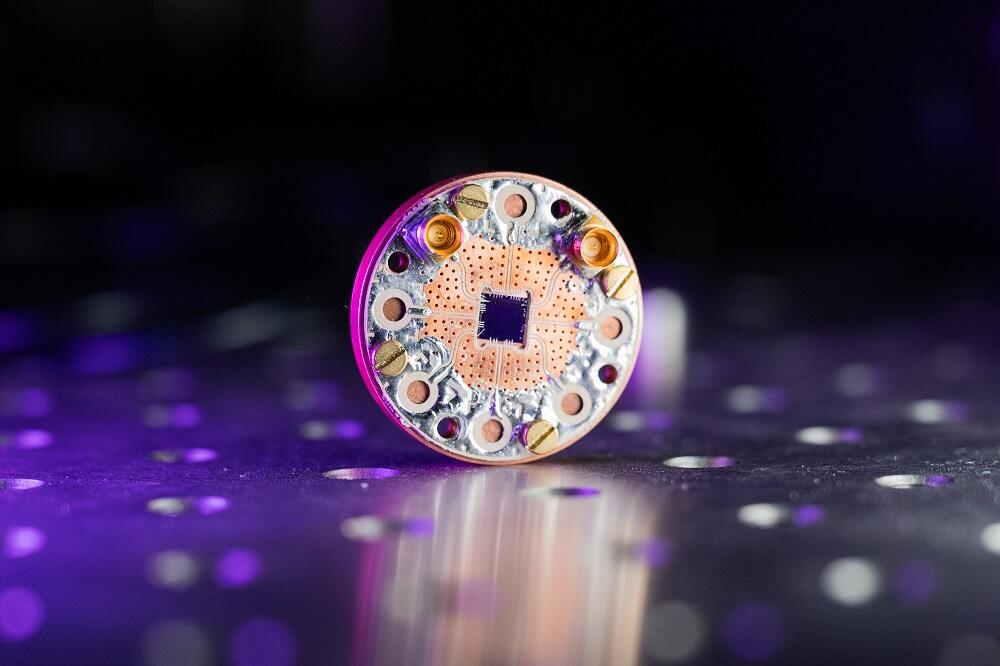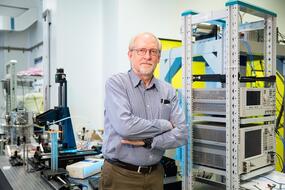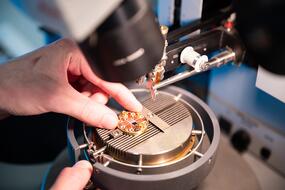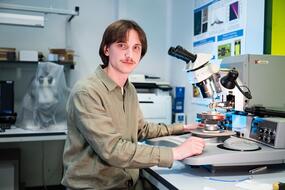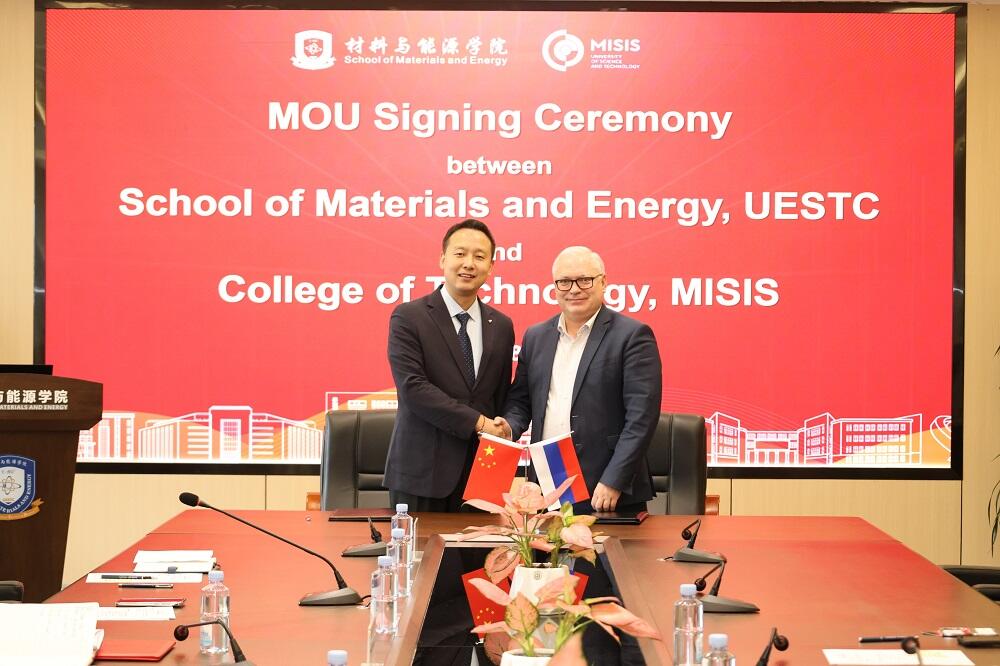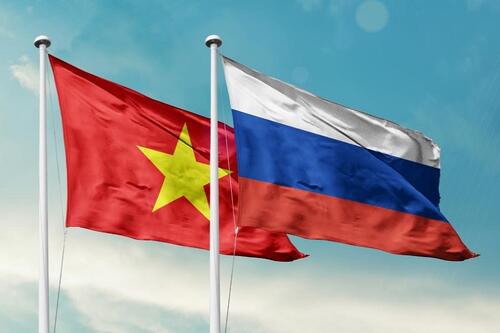Thanks to new detectors developed at the MISIS University, researchers can now obtain more comprehensive and precise maps of celestial bodies, accelerating scientific progress. These domestically produced superconducting devices operate near absolute zero, at temperatures below 1 Kelvin, and effectively process data due to their exceptionally low thermodynamic noise.
Astronomers can explore space objects beyond their optical images, analyzing their broadband thermodynamic radiation. Invisible to the naked eye, microwaves in the radio frequency spectrum hold significant information about the composition of the universe. A radio telescope uses an exceptionally narrow beam to “scan” the space around a celestial body.
Terahertz waves bridge the gap between radio waves and visible light. Although these signals are faint, they can be detected at high frequencies because, according to Planck’s law, thermal noise in the terahertz range is lower. Superconducting, cryogenically-cooled detectors are ideal for capturing these thermal radiation signals. These detectors work by focusing thermodynamic radiation, which heats a superconducting microbridge, causing it to shift from a superconducting to a resistive state.
“Ultra-sensitive cryogenic detectors are highly sought after in radio astronomy. With the shortest wavelengths, we can develop devices for aperture synthesis—a method of radio observations with high angular resolution using compact radio telescopes. This enables the study of the distant universe and the detection of chemical substances on exoplanets, such as oxygen and water,” Dr. Sergey Shitov, head of the Cryoelectronic Systems Lab at NUST MISIS, a leading researcher at the Kotelnikov Institute of Radio Engineering and Electronics, Russian Academy of Sciences.
The active superconducting terahertz detector chip incorporates two superconducting devices: an RFTES bolometer (Radio Frequency Transition Edge Sensor) and a low-noise microwave amplifier using a direct current SQUID (Superconducting Quantum Interference Device) magnetometer. The chip’s design allows it to detect minimal energy signals converted into magnetic fields. Compared to traditional devices, this new system promises maximum sensitivity and functionality. Multiple detectors can be combined into an array for simultaneous multi-frequency observations or image creation. This array-based solution significantly boosts data collection speed and volume, which is invaluable for detailed astronomical studies.
“The terahertz range opens up regions previously inaccessible to optical observations. We can study stars, galaxies, and interstellar molecules, as terahertz waves penetrate certain opaque materials, like dust. With our novel chip design, we managed to minimize heat influx to the cooled parts of the detection system, enhancing the detector’s overall efficiency,” Nikita Rudenko, a research engineer at the Cryoelectronic Systems Lab.
A second patent combines two RFTES bolometers in a unique way. Like balanced scales, they maintain equilibrium but shift in response to signal variations. This differential detector can capture subtle radiation gradients across large object surfaces, making it particularly useful for examining variations in the cosmic background radiation influenced by the Big Bang.
“At MISIS University, dedicated research teams are advancing quantum technology. Under the leadership of Dr. Sergey Shitov, the Cryoelectronic Systems team has created innovative superconducting detectors that promise significant advancements in high-tech, knowledge-intensive fields, including space exploration, aviation security, and medicine. These developments have been successfully patented with the Russian Federal Service for Intellectual Property (Rospatent),” NUST MISIS Rector Alevtina Chernikova.
These detectors were created as part of MISIS University’s strategic project “Quantum Internet” under Russia’s “Priority 2030” program funded by the Ministry of Science and Higher Education (project K2-2022-029).
